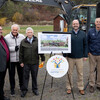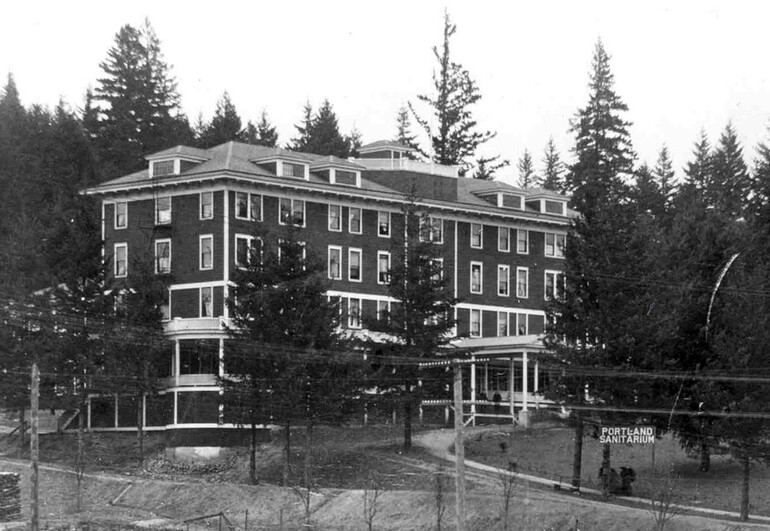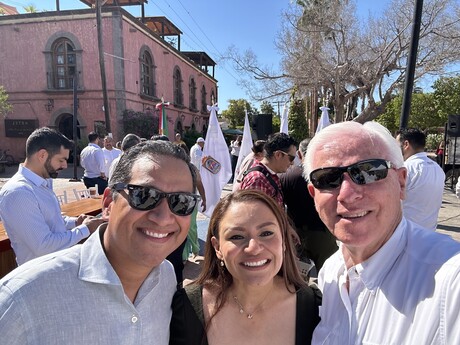Congratulations to the Gleaner as they mark their 115th anniversary of sharing news and information for members of the North Pacific Union Conference! Adventist Health is grateful to be part of this ministry by providing hope and healing to the communities of the Pacific Northwest.
In celebration and reflection of this shared purpose, Alex Bryan, Adventist Health chief mission officer and a Washington resident, offers his thoughts on the history of Adventist health care in the Pacific Northwest.
Question: When did the Seventh-day Adventist health care presence begin in the Pacific Northwest, and where are the Adventist Health hospitals in this region now?
Answer: Pacific Northwesterners are trailblazers and often on the leading edge of progress. In 1893, Lewis Belknap, an Adventist physician who had studied under John Harvey Kellogg, moved to Portland, Oregon, and launched the Portland Sanitarium. Six years later, Isaac and Maggie Dunlap (a physician and a nurse, respectively) began treating patients on the campus of Walla Walla College. Their work matured into the formation of a sanitarium, which began in 1907. Adventist Health currently operates two acute care hospitals in the Pacific Northwest — one in Portland and the other in Tillamook, Oregon, including more than 35 clinics.
Q: Why is it important for Seventh-day Adventists to be involved in caring for people’s health and well-being? Does Adventist health care as a whole support the mission of the church?
A: To follow Jesus is to be a healer, plain and simple. The Gospels are marinated in medical miracles. The grand finale of the gospel epic is the resurrection; life prevails over death. Ellen White and the first Adventists went all in on the Great Physician’s vision with a powerful health message. What is the Second Advent? “No more death or crying or pain” (Rev. 21:4). So how do we live as hopeful Adventists? We actively provide healing and hope amid death, crying and pain. Adventist health care does not just support the mission of the church. It is, along with our churches that preach and our schools that teach, the mission of Christ in action.
Q: With the rich health care history we have, how is Adventist Health working to improve the future of health care and in the Pacific Northwest specifically?
A: Adventist Health is on the leading edge of envisioning well-being and health in America. For example, Adventist Health recently acquired Blue Zones. This science-based organization came into international fame in 2005 for identifying the practices of communities enjoying greater health and longevity. Dan Buettner, the founder of Blue Zones, discovered that the habits of longer and better life in the 21st century were what? The habits taught by Ellen White and the first Adventists back in the 19th century! This “good news” has now been operationalized, and the expertise of Blue Zones has helped numerous communities become healthier by essentially teaching people to live an Adventist lifestyle. Adventist Health now oversees their work across the country, and the first new community we are investing in is Walla Walla, Washington.












